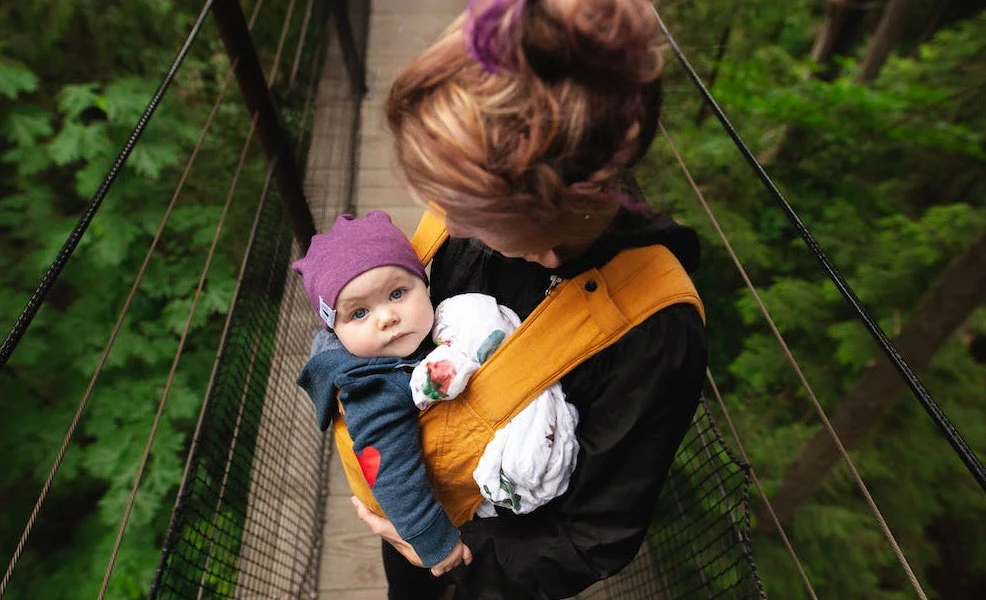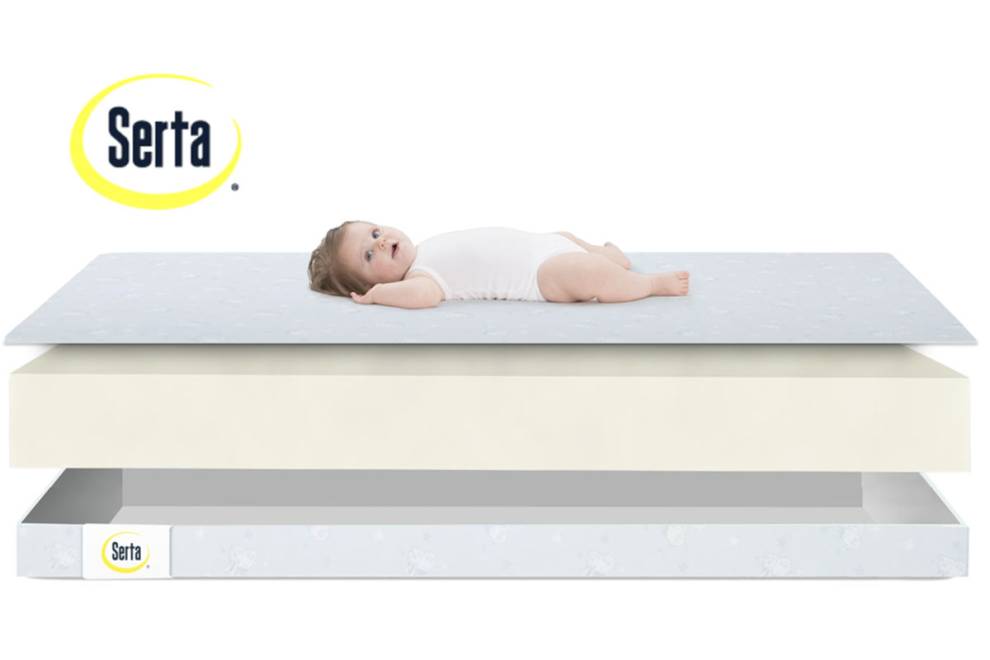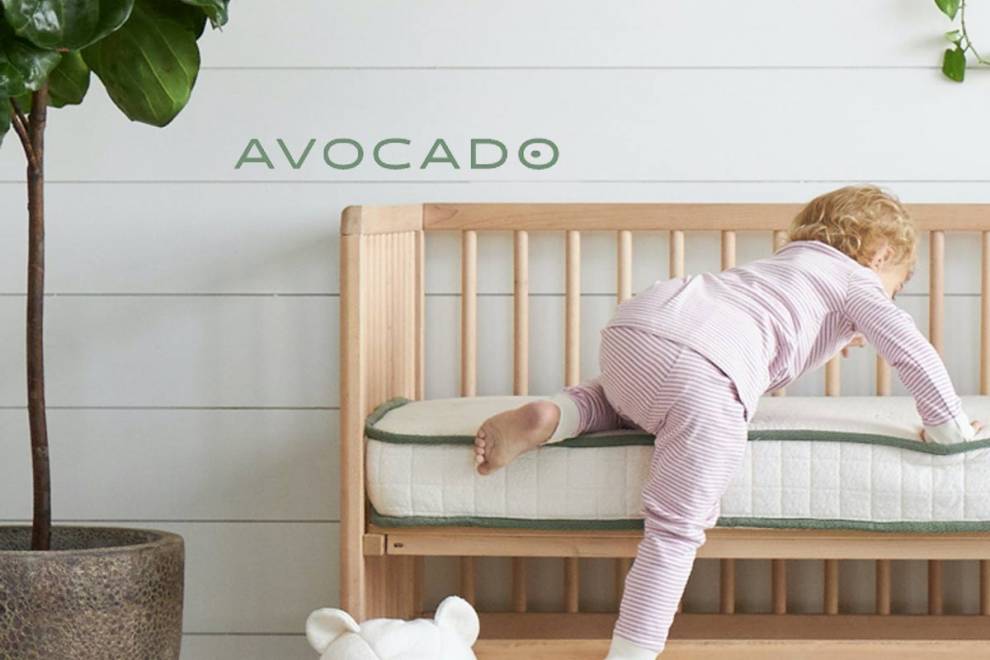Keep calm and carry on: A guide to finding the perfect baby carrier.

Mommyhood101 independently tests and curates baby gear to help you make informed decisions. If you buy products through links on our site, we may earn a commission.
Baby-wearing has been a parenting practice for centuries across cultures. Modern baby carriers bring this tradition into a new era with ergonomic design for busy, on-the-go parents.
Baby-wearing devices are often best purchased after the child is born since body size and other factors (such as premature birth) can impact carrier selection. When choosing a baby carrier, consider both your own body size and shape and your baby’s age and weight.
Baby-wearing has become increasingly popular, celebrities like Chrissy Teigen (@chrissyteigen) and Daniel Craig have been spotted proudly carrying their little ones.
Types of Baby Carriers
There are many baby carrier models available in stores and online. Most carriers fall into one of four categories: Ring Slings, Wraps, Soft-Structured, and Hard-Structured (Framed). There are a few exceptions, like Mei-Tai carriers, which are a cross between a wrap and a soft-structured carrier.
Quick Comparison Table
| Type | Best For | Pros | Cons | Typical Price |
|---|---|---|---|---|
| Ring Sling | Newborns, small infants | Easy on/off, great for breastfeeding, compact | One-shoulder strain, positioning can be tricky | $30–$70 |
| Wrap | Newborns to young infants | Snug and cozy, versatile positions | Learning curve, can feel warm | $40–$80 |
| Soft-Structured | Infants to toddlers | Ergonomic, adjustable, multiple carries | Bulkier for newborns without insert | $70–$150 |
| Hard-Structured (Framed) | Older infants & toddlers, hiking | Excellent support, rugged, storage | Heavy, expensive, not diaper-bag friendly | $150–$300+ |
Ring Slings
Ring slings are soft-fabric carriers, typically worn diagonally across the parent’s body. The baby is carefully cradled in the front or on the hip (for older children).
- Pros: Ring slings are usually the easiest devices to wear and remove. The fabrics are generally soft and breathable, which is good for the baby’s skin and safety. Ring slings are among the easiest baby carriers for breastfeeding on the go, and they’re available in a wide variety of patterns. They roll up small for easy packing.
- Cons: Slings are typically best for newborns and small babies. Because they’re unstructured, positioning and safety can be more challenging. The Mayo Clinic warns: "If the baby sling’s fabric or your body presses against a baby's nose and mouth, the baby might not be able to breathe. This can quickly lead to suffocation. A baby sling can also keep a baby curled in a C shape, which increases the risk of breathing problems." Parents may also experience neck and back discomfort from the one-sided strap position.
- What to look for: Tail length varies by brand; plus-size parents may need extra slack for a secure fit. Consider ring material (wood, plastic, or metal) and whether the sling is machine washable and dryable. Choose lighter fabrics for summer and warmer options for winter.
Baby Wraps
Wraps are another soft fabric option fashioned as a single piece of fabric that folds and wraps around the wearer and baby together. Wraps can be a wonderful postpartum tool, keeping baby close to warmth and heartbeat.
- Pros: More versatile than slings, with many positions (which is great if multiple caregivers will wear your baby!). Wrapping provides support, so repositioning is less troublesome. Available in many colors and patterns and fold well for storage.
- Cons: If you thought assembling a crib and a swing was difficult, just wait until you try a baby wrap. Some configurations are complicated and require practice. Layers of fabric can feel warm.
- What to look for: Tails can be long and hang low. Look for soft, breathable fabrics with a bit of stretch for a snug, safe fit. See our list of the best baby wraps. In general, top wraps are made by Boba, Moby, and Solly.
Soft-Structured Carriers
Soft-structured carriers (SSCs) have a defined seat for the baby and waist and shoulder straps for the caregiver, typically with adjustable straps and buckle closures. Smaller babies within weight limits may be worn facing in; as the child grows, their legs are repositioned through leg openings or along the sides.
- Pros: Better ergonomic support for both wearer and baby. Weight is more evenly distributed and limits are often higher than ring slings and wraps. Great for longer outings. Buckles hold positions securely. Some models offer multiple positions and add-on features.
- Cons: Less form-fitting than fabric carriers; some aren’t suitable for newborns without an insert. Style options tend to be neutral. They don’t usually fit into small or medium diaper bags. Because of defined straps and waist belts, fit can vary by body type.
- What to look for: Versatility (front carry facing in/out, back carry, hip carry). Helpful features include sleeping hoods, storage pockets, and infant inserts. In general, top soft-structured carriers are made by Lillebaby, Ergobaby, and Boba.
Hard-Structured (Framed) Carriers
Also called framed carriers, these models feature aluminum framing for support and comfort. Options range from lightweight frames for sightseeing and day trips to heavier frames with more reinforcement, pockets, and weather covers for hiking and camping.
- Pros: Extremely durable and rugged with excellent long-term support. Often accommodate higher weight limits than other styles, extending usability into early childhood.
- Cons: Larger, heavier, and more expensive. They’re a challenge to put on and take off compared with fabric options and won’t fit in a diaper bag. Adjustments are less forgiving; petite wearers may experience balance issues.
- What to look for: For outdoor use, prioritize storage and weather protection. Check weight minimums and ranges and how long you intend to use the carrier. In general, the best hiking backpack carriers are made by Deuter and Osprey.
Choosing the Best Baby Carrier for Your Budget
Depending on style and model, baby carriers range from about $30 to $200+. Ring slings and wraps trend lower, while soft-structured carriers typically cost more. Price differences reflect fabric quality and durability. A soft-structured carrier is more likely to last through multiple children (assuming product integrity is maintained). Devices with structural support and additional features carry higher price tags. If caregivers have very different torsos or strength, you may need to split features or consider two carriers.
Age and Weight Considerations
Follow age and weight guidelines to ensure safe baby-wearing. Many structured carriers require babies to be at least six months old to ensure sufficient neck stability. Some structured carriers allow newborn use or offer inserts for newborn support. Ring slings and wraps can typically be used with newborns (when guidelines allow), but ensure proper fit to avoid fabric obstructing the nose and mouth and to prevent unsafe "C-shaped" curling. The Mayo Clinic warns: "A baby sling can also keep a baby curled in a C shape, which increases the risk of breathing problems. A baby is at higher risk of suffocating in a baby sling if he or she was born prematurely or with a low birth weight or has breathing problems, such as a cold."
What are the benefits of baby-wearing?
Using a wearable baby carrier offers numerous benefits to new parents and caregivers. According to Babywearing International: "A large part of feeling confident as a parent is the ability to read our babies’ cues successfully. Holding our babies close in a sling allows us to become finely attuned to their movements, gestures, and facial expressions." Some additional benefits include:
- Mobility: Easier movement in crowds and on varied terrain compared with strollers.
- Hands-free: Mostly hands-free; keep a hand on baby for safe bending/turning.
- Breastfeeding: Flexible nursing while baby-wearing (varies by model and baby’s size/coordination).
- Neuroscience: The American Academy of Pediatrics notes: "Some parents worry about spoiling their infant with too much holding. However experts agree that holding a baby in the early months meets the infant’s basic need to feel safe. In fact, babies who are picked up as soon as they begin to cry tend to cry less often and for shorter periods than do babies whose parents don’t respond quickly."
Shopping Tips: How to Select the Right Baby Carrier
Is it Washable?
Every carrier will face spilled milk or formula, spit-up, and other messes. Ask: "How easy is it to wash?" Most fabric models (ring slings and wraps) are machine friendly. Soft-structured carriers usually allow gentle machine washing. Framed models may require partial or full hand-washing due to seams, padding, and hardware.
Try it on
If possible, try carriers before buying, especially structured ones, which may not fit every body type. While testing, assess:
- Ease of use: Can one person put it on safely?
- Fit: Do the base width and length measurements feel comfortable? Does the comfort align with intended use duration?
- Adjustments: Are straps easy to adjust and do they stay put? Check size and placement of clips and ties, do they dig into shoulders or waist?
- Baby fit: Is it appropriate for your baby’s size and development? This is why purchasing after baby is born often makes sense, especially for premature or NICU-graduate infants. "Sometimes NICU graduates do not have enough muscle strength to keep their airways open in an unsupported position." Parents should consult their pediatrician for safety questions.
Wide Seat for Baby
Leg position matters. Imagine being suspended with legs dangling straight down, your hips and back ache and your feet tingle from poor circulation.
According to the International Hip Dysplasia Institute, babies’ joints gradually stretch after birth. "The most unhealthy position for the hips during infancy is when the legs are held in extension with the hips and knees straight and the legs brought together, which is the opposite of the fetal position…." Choose carriers that support baby’s thighs to the knee joint, creating the "M" position (knees higher than hips).
Look for Support
Carrying a baby stresses back and shoulders. Most soft- and hard-structured models include padding, and some ring slings add a shoulder pad. Prioritize adjustable waist belts, lumbar support, and padded shoulder straps.
Wide Straps
Wide straps distribute weight and resist rolling/puckering during use, improving comfort and safety.
Accessories and Add-ons
Some carriers include, or allow you to add:
- Drool bib
- Teething pad
- Sunshade
- Rain hood
- Winter weather cover
For safety, only use manufacturer-approved accessories.
Baby Carrier Safety Checklist
✔ Keep baby’s face visible; nose and mouth unobstructed.
✔ Avoid a "C-shape" spine; keep baby upright with a clear airway.
✔ Ensure "M" position: knees higher than hips, thighs supported to knees.
✔ Carrier is tight enough to support baby’s back and head without slumping.
✔ Check age/weight limits and any required newborn inserts.
✔ Inspect seams, buckles, and straps before each use; register for recall notices.
✔ Monitor temperature; adjust layers to prevent overheating.
FAQ: Baby Carrier Basics
What age can my newborn start using a carrier?
Many wraps and ring slings are suitable from birth when used exactly as directed; some soft-structured carriers require an infant insert or minimum weight. Always follow the manufacturer’s newborn guidelines and ensure baby’s airway remains clear.
When can my baby face outward?
Outward-facing positions generally begin around 4–6 months when baby has strong head/neck control and meets the carrier’s minimums. Limit outward-facing sessions initially and watch for overstimulation or fatigue.
How do I know if my baby’s hips are positioned safely?
Look for the "M" position: knees higher than hips, thighs supported to the knees, and hips flexed and abducted. If legs dangle straight down or baby slumps, adjust immediately.
Can I breastfeed in a carrier?
Yes, many parents nurse in ring slings, wraps, and some soft-structured carriers. Practice seated first, keep baby’s face visible, and re-secure to the normal carry position after feeding.
How long can I wear my baby at one time?
There’s no strict limit, so use comfort and safety as your guide. Take breaks to stretch, check baby’s temperature and airway, and follow the carrier’s weight limits.
Are carriers safe for premature or NICU-graduate babies?
Sometimes, but consult your pediatrician first. Premature or low-birth-weight infants may need extra support to keep airways open; certain positions or carriers may be contraindicated.
How do I clean my carrier?
Follow the label. Many fabric carriers are machine washable; spot clean buckles and padded areas, and air dry to maintain shape. Framed carriers often require hand-washing.










